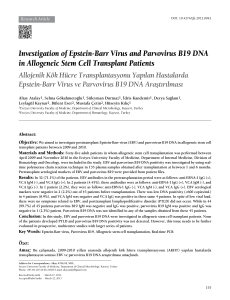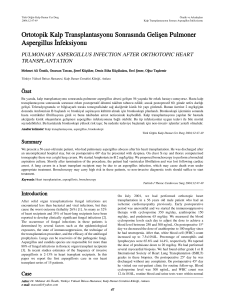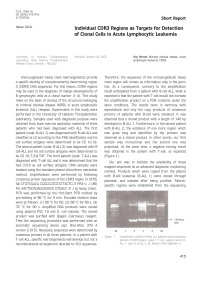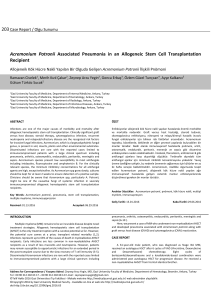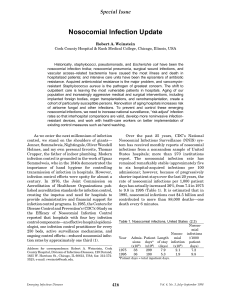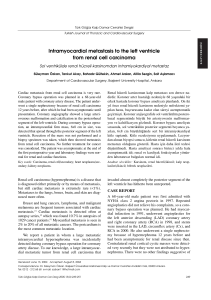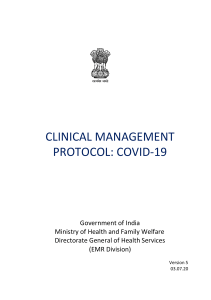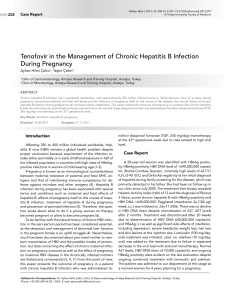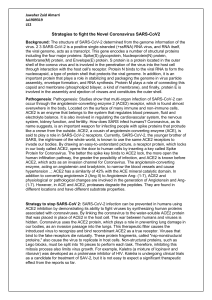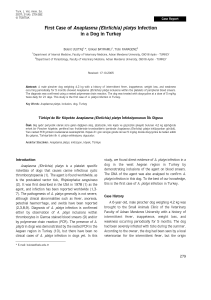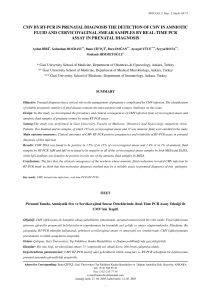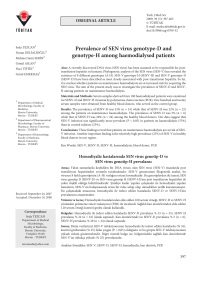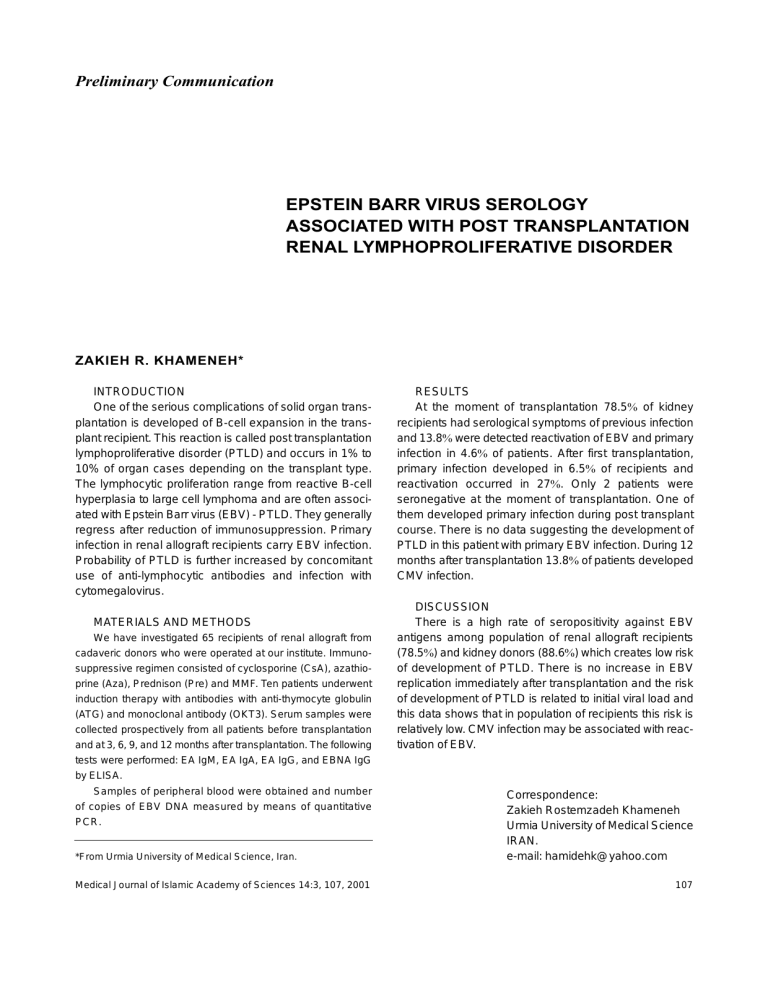
Preliminary Communication
EPSTEIN BARR VIRUS SEROLOGY
ASSOCIATED WITH POST TRANSPLANTATION
RENAL LYMPHOPROLIFERATIVE DISORDER
ZAKIEH R. KHAMENEH*
INTRODUCTION
One of the serious complications of solid organ transplantation is developed of B-cell expansion in the transplant recipient. This reaction is called post transplantation
lymphoproliferative disorder (PTLD) and occurs in 1% to
10% of organ cases depending on the transplant type.
The lymphocytic proliferation range from reactive B-cell
hyperplasia to large cell lymphoma and are often associated with Epstein Barr virus (EBV) - PTLD. They generally
regress after reduction of immunosuppression. Primary
infection in renal allograft recipients carry EBV infection.
Probability of PTLD is further increased by concomitant
use of anti-lymphocytic antibodies and infection with
cytomegalovirus.
MATERIALS AND METHODS
We have investigated 65 recipients of renal allograft from
cadaveric donors who were operated at our institute. Immunosuppressive regimen consisted of cyclosporine (CsA), azathioprine (Aza), Prednison (Pre) and MMF. Ten patients underwent
induction therapy with antibodies with anti-thymocyte globulin
(ATG) and monoclonal antibody (OKT3). Serum samples were
collected prospectively from all patients before transplantation
and at 3, 6, 9, and 12 months after transplantation. The following
RESULTS
At the moment of transplantation 78.5% of kidney
recipients had serological symptoms of previous infection
and 13.8% were detected reactivation of EBV and primary
infection in 4.6% of patients. After first transplantation,
primary infection developed in 6.5% of recipients and
reactivation occurred in 27%. Only 2 patients were
seronegative at the moment of transplantation. One of
them developed primary infection during post transplant
course. There is no data suggesting the development of
PTLD in this patient with primary EBV infection. During 12
months after transplantation 13.8% of patients developed
CMV infection.
DISCUSSION
There is a high rate of seropositivity against EBV
antigens among population of renal allograft recipients
(78.5%) and kidney donors (88.6%) which creates low risk
of development of PTLD. There is no increase in EBV
replication immediately after transplantation and the risk
of development of PTLD is related to initial viral load and
this data shows that in population of recipients this risk is
relatively low. CMV infection may be associated with reactivation of EBV.
tests were performed: EA IgM, EA IgA, EA IgG, and EBNA IgG
by ELISA.
Samples of peripheral blood were obtained and number
of copies of EBV DNA measured by means of quantitative
PCR.
*From Urmia University of Medical Science, Iran.
Medical Journal of Islamic Academy of Sciences 14:3, 107, 2001
Correspondence:
Zakieh Rostemzadeh Khameneh
Urmia University of Medical Science
IRAN.
e-mail: [email protected]
107

